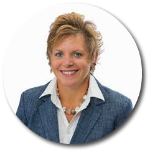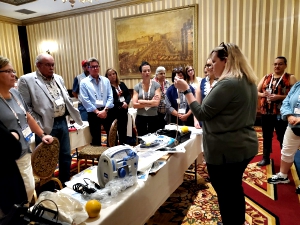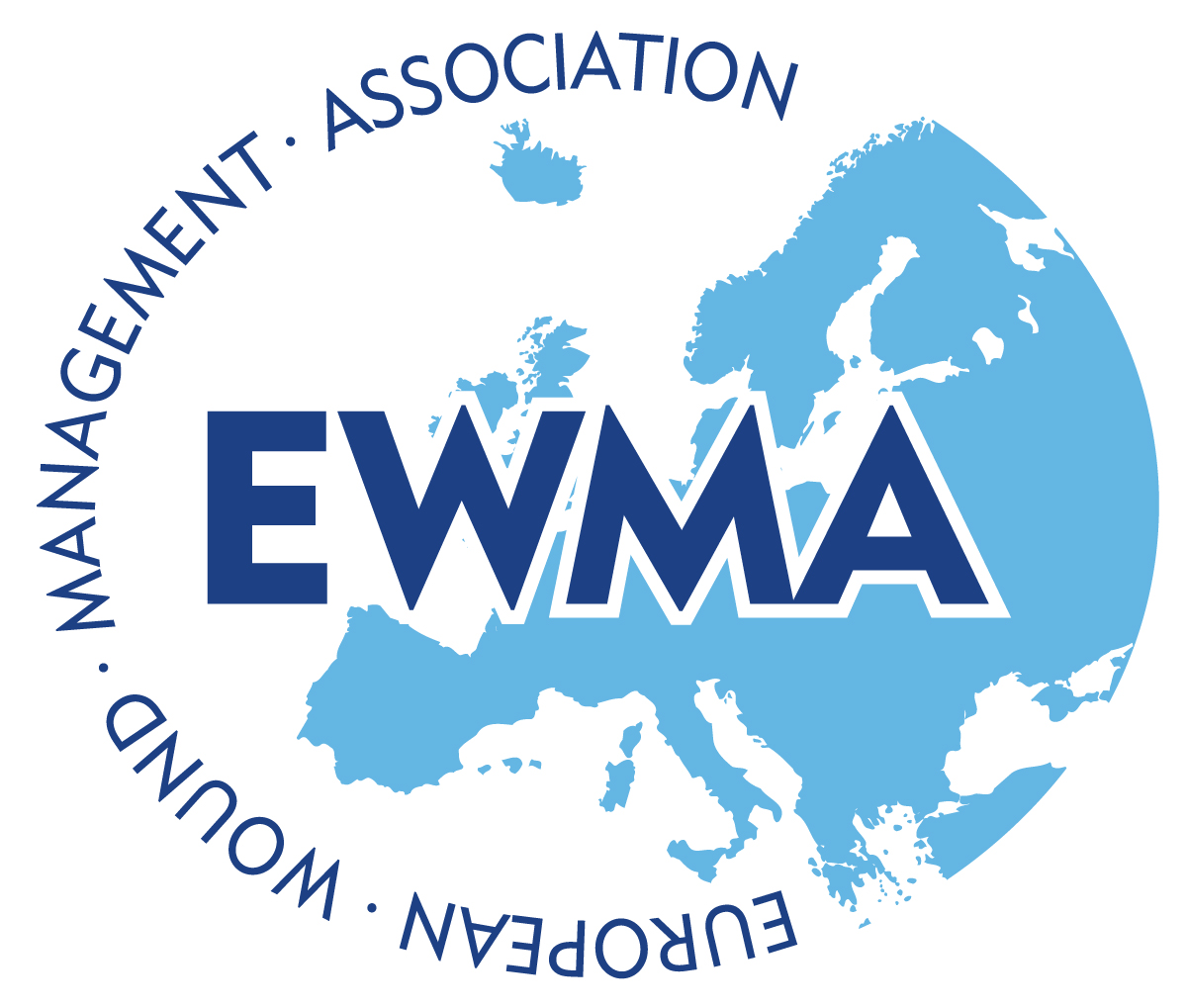AAWC Board of Directors election is right around the corner. Before voting opens on Monday, October 14, 2019, we invite you to learn about the 18 candidates who are running to help lead the future of AAWC. At its core, AAWC is a multidisciplinary organization that champions the four pillars of education, public policy, research, and infrastructure to support wound care patients, researchers, advocates, and practitioners of all specialties. The AAWC Board of Directors serves to advance the initiatives of the AAWC which are focused on the strategic plan consisting of the four pillars.
This year’s candidates have a variety of professional backgrounds and skills, reinforcing the dynamic team approach that AAWC is founded on. On the elections webpage, each nominee describes how their qualifications align with the four pillars and their plans to support the Board in its efforts to meet AAWC's strategic objectives. Candidate’s credentials, years of AAWC membership, and CV are also available.
 “2020 is going to be a pivotal year for AAWC. Strong leadership is essential to carrying out a successful strategic plan. I am confident we have a highly proactive and experienced selection of qualified candidates. In the coming weeks, I encourage everyone to take the opportunity to get familiar with the Board of Directors candidates and vote.” Victoria E. Elliott, RPh, MBA, CAE, chief executive officer, Association for the Advancement of Wound Care.
“2020 is going to be a pivotal year for AAWC. Strong leadership is essential to carrying out a successful strategic plan. I am confident we have a highly proactive and experienced selection of qualified candidates. In the coming weeks, I encourage everyone to take the opportunity to get familiar with the Board of Directors candidates and vote.” Victoria E. Elliott, RPh, MBA, CAE, chief executive officer, Association for the Advancement of Wound Care.
Voting for AAWC’s Board of Directors ends on Sunday, November 10, 2019. Support the success of AAWC through participation in the upcoming election. Every voice counts in the direction and leadership of AAWC, the premiere voice of wound care.
Candidates include:
- Industry
- Matthew Davis RN, CWON, CFCN
- William Tettelbach MD, FACP, FIDSA, FUHM, CWS
- Nurse
- Jacalyn Brace Ph.D. ANP-BC RN-BC WOCN
- Maria Luisa Faner DNP, APRN, FNP-C, CWS
- E. Lynette Gunn APRN, GCNS-BC, CWCN CFCN
- Victoria Nalls GNP-BC, CWS, ACHPN
- Physical Therapist
- Rose Hamm PT, DPT
- Marta Ostler PT, CWS, CLT, DAPWCA
- Brandy Rose PT, DPT, CWS
- Physician
- Ali Bairos MD, CWSP, FACCWS
- Jonathan Johnson MD, MBA, CWSP
- Naz Wahab, MD
- Podiatric Physician
- Marcela Farrer DPM, MBA, CWS
- Marc Jones DPM, FACFAOM
- Jared Shippee DPM, DWC, WCC, PCWC, FAPWCA
- Research
- Alisha Oropallo, MD
- Nicola Waters Ph.D., MSc, RN
- Secretary, Executive Committee
- Kara Couch MS, CRNP, CWCN-AP
Learn more about each candidate by clicking here. For more information visit AAWC.

 Members of AAWC are known for top tier commitment, specialization, and passion for wound care. Yet among the greatest of challenges advanced wound care professionals face, one is how to demonstrate and communicate the impact and value provided to administrators and clinicians managing or overseeing multiple clinical services.
Members of AAWC are known for top tier commitment, specialization, and passion for wound care. Yet among the greatest of challenges advanced wound care professionals face, one is how to demonstrate and communicate the impact and value provided to administrators and clinicians managing or overseeing multiple clinical services.

 doesn’t have all the tools, then the solution relies on creativity. Hands-on sessions encouraged attendees to be creative and get in the habit of choosing the best course of action given select resources when practicing wound care.
doesn’t have all the tools, then the solution relies on creativity. Hands-on sessions encouraged attendees to be creative and get in the habit of choosing the best course of action given select resources when practicing wound care. 



